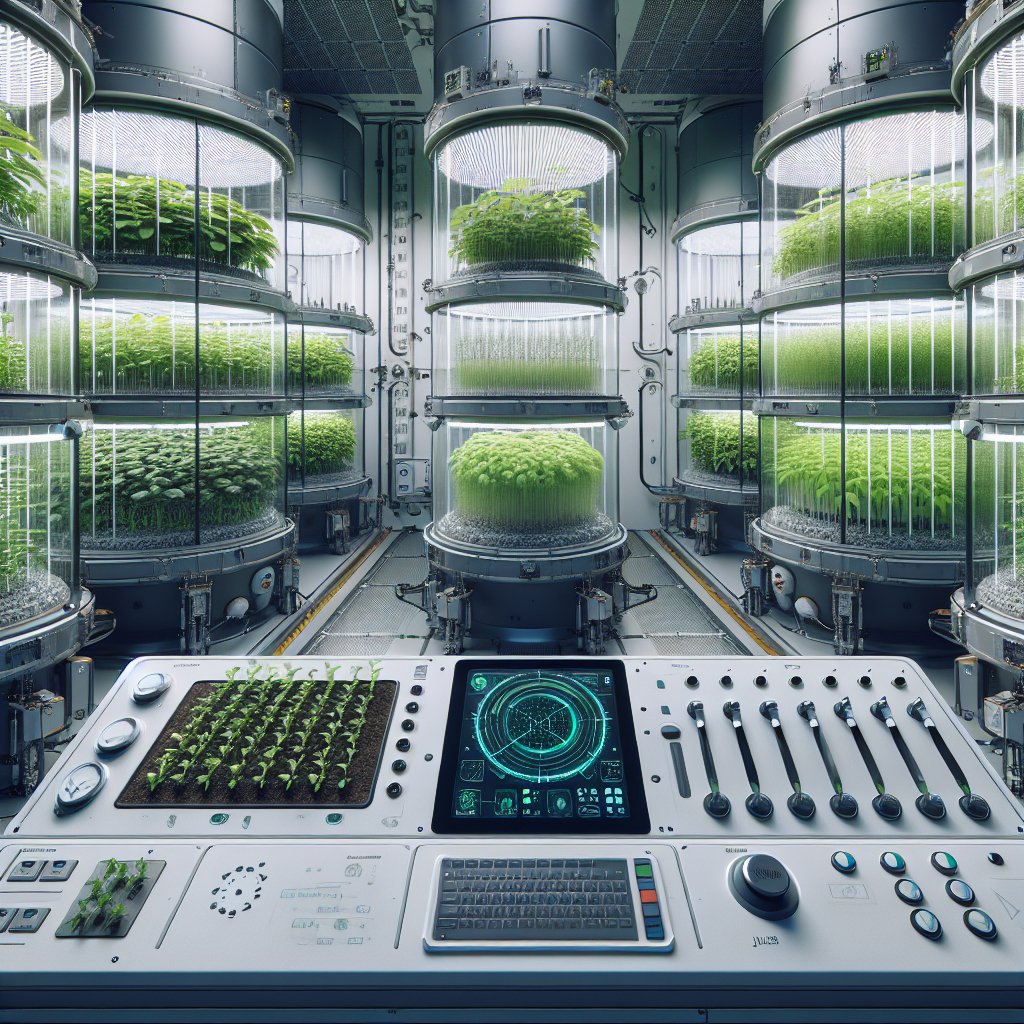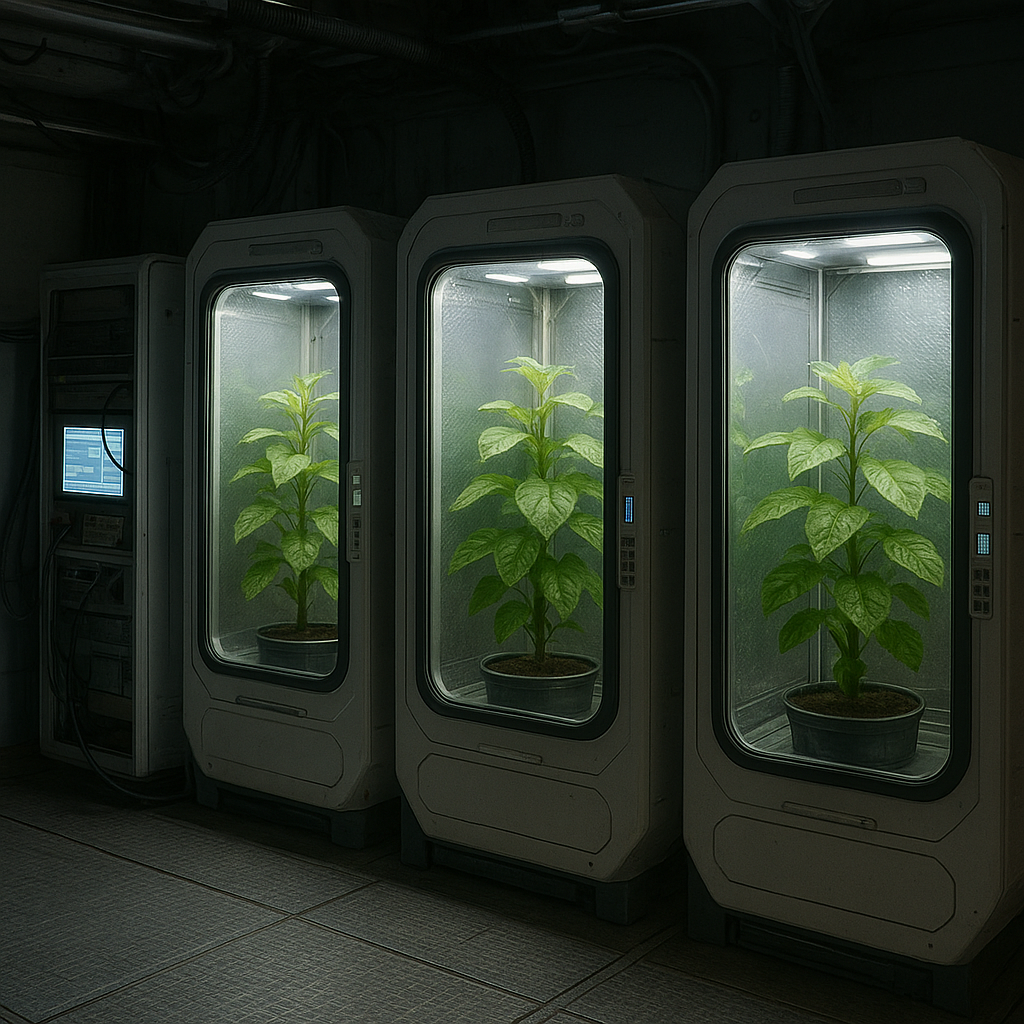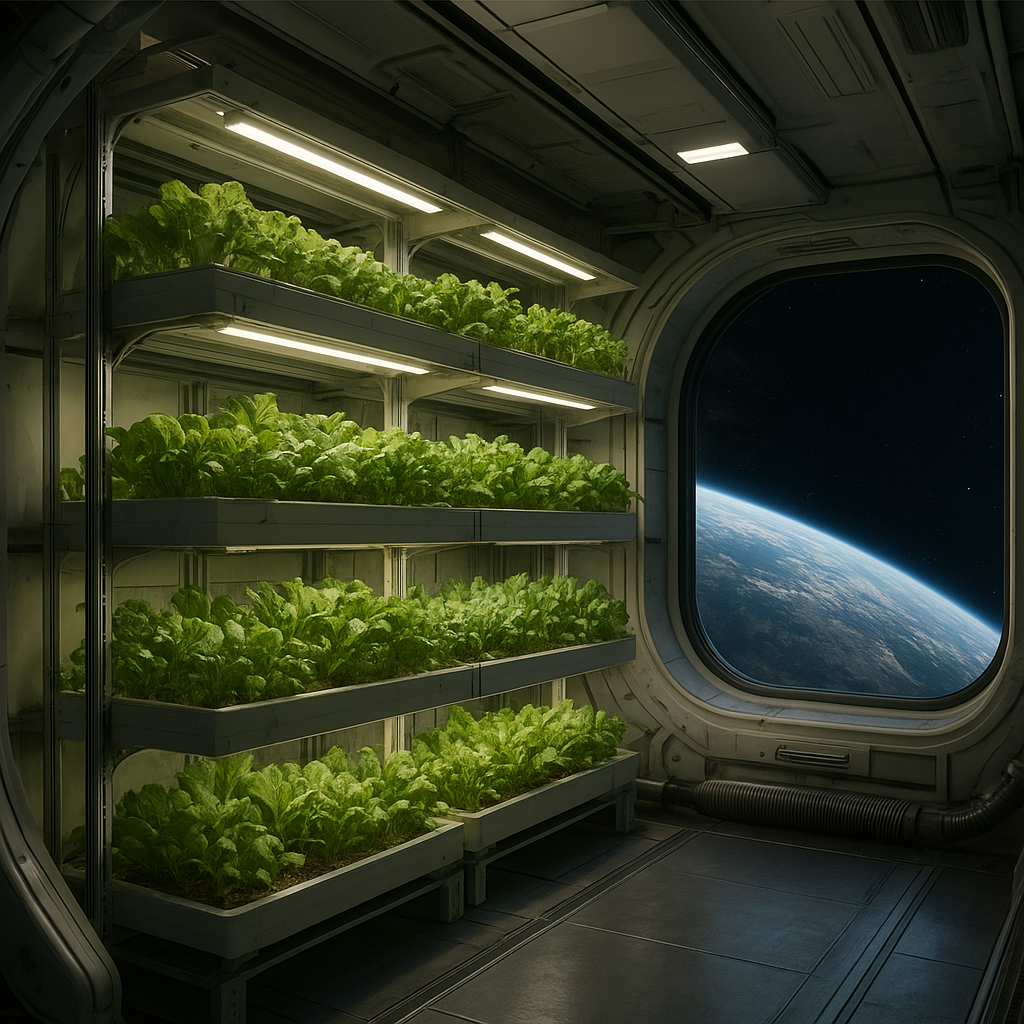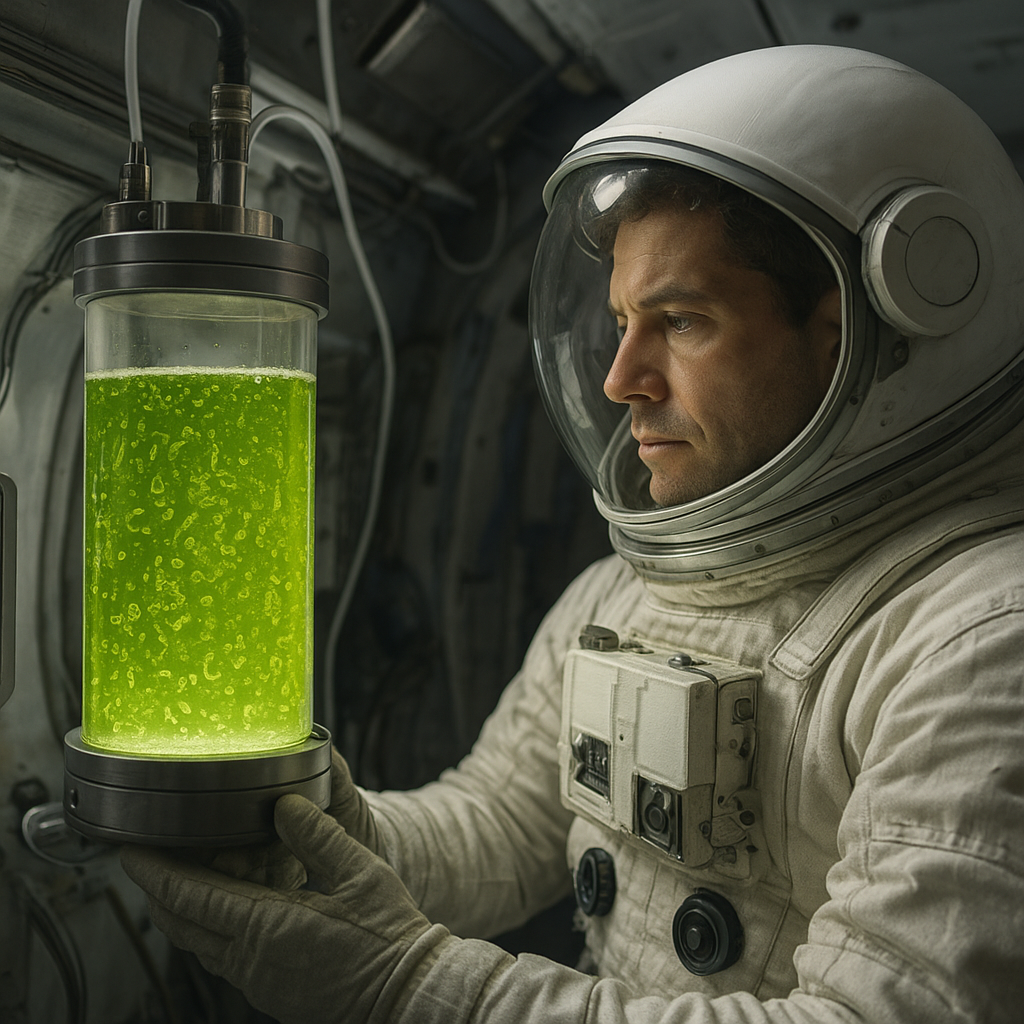The development of soil-free farming techniques for space represents a groundbreaking intersection of agriculture and space exploration. As humanity sets its sights on long-term missions to the Moon, Mars, and beyond, the need for sustainable food production systems in extraterrestrial environments has never been more critical. This article delves into the innovative methods being developed to cultivate crops without soil, the challenges faced in these endeavors, and the potential implications for both space travel and terrestrial agriculture.
Understanding Soil-Free Farming Techniques
Soil-free farming, often referred to as hydroponics, aeroponics, or aquaponics, involves growing plants in nutrient-rich water or air rather than traditional soil. These methods have gained popularity on Earth due to their efficiency and ability to produce food in urban environments or areas with poor soil quality. In the context of space, these techniques are being adapted to meet the unique challenges posed by microgravity and limited resources.
Hydroponics
Hydroponics is a method where plants are grown in a nutrient solution, allowing for precise control over the nutrients delivered to the plants. This technique has been tested in various space missions, including the International Space Station (ISS), where astronauts have successfully grown lettuce and other leafy greens. The advantages of hydroponics in space include:
- Water Efficiency: Hydroponic systems use significantly less water than traditional farming methods, which is crucial in space where water is a limited resource.
- Space Optimization: These systems can be designed to maximize vertical space, allowing for more crops to be grown in a smaller area.
- Reduced Weight: By eliminating the need for soil, the overall weight of the cargo sent into space can be reduced, making missions more efficient.
Aeroponics
Aeroponics takes soil-free farming a step further by growing plants in an air or mist environment. This method involves suspending the plants in a chamber and spraying their roots with a nutrient-rich mist. The benefits of aeroponics include:
- Oxygenation: The roots receive more oxygen, which can lead to faster growth rates and healthier plants.
- Minimal Water Use: Aeroponic systems can use up to 90% less water than traditional farming, making them ideal for space missions.
- Reduced Disease Risk: The absence of soil reduces the risk of soil-borne diseases, which can be a significant concern in confined environments like spacecraft.
Aquaponics
Aquaponics combines hydroponics with aquaculture, the cultivation of fish. In this system, fish waste provides an organic nutrient source for the plants, while the plants help filter and clean the water for the fish. This symbiotic relationship can be particularly beneficial in space for several reasons:
- Closed-Loop System: Aquaponics creates a self-sustaining ecosystem, which is essential for long-duration space missions where resupply is not feasible.
- Protein Source: The fish provide a source of protein, diversifying the diet of astronauts and improving their overall nutrition.
- Waste Recycling: This system effectively recycles waste, reducing the need for additional resources and minimizing environmental impact.
Challenges of Soil-Free Farming in Space
While soil-free farming techniques offer promising solutions for food production in space, several challenges must be addressed to ensure their success. These challenges include:
Microgravity Effects
One of the most significant challenges of growing plants in space is the microgravity environment. Plants rely on gravity to orient themselves, with roots growing downward and shoots growing upward. In microgravity, this natural orientation is disrupted, which can affect plant growth and development. Researchers are exploring various methods to simulate gravity, such as:
- Rotating Growth Chambers: By rotating the growth chamber, plants can experience centrifugal force, mimicking the effects of gravity.
- Magnetic Fields: Some studies suggest that magnetic fields may influence plant growth and orientation in microgravity.
Nutrient Delivery
In soil-free systems, the delivery of nutrients is critical for plant health. In space, the challenge lies in ensuring that the nutrient solution remains stable and accessible to the plants. Factors such as:
- Evaporation: In a closed environment, evaporation can lead to nutrient concentration changes, potentially harming the plants.
- pH Balance: Maintaining the correct pH level is essential for nutrient absorption, and fluctuations can occur in microgravity.
Psychological Factors
The psychological well-being of astronauts is another crucial consideration. Studies have shown that exposure to greenery and the act of gardening can have positive effects on mental health. Therefore, creating a successful soil-free farming system in space not only addresses nutritional needs but also contributes to the overall well-being of crew members. This can be achieved through:
- Designing Aesthetic Spaces: Incorporating plants into living quarters can create a more pleasant environment.
- Engaging Activities: Involving astronauts in the farming process can provide a sense of purpose and accomplishment.
Implications for Terrestrial Agriculture
The advancements made in soil-free farming techniques for space have significant implications for agriculture on Earth. As the global population continues to grow, the demand for food will increase, and traditional farming methods may not be sustainable. The lessons learned from space agriculture can inform and improve terrestrial practices in several ways:
Urban Agriculture
As cities expand, the need for efficient food production systems within urban environments becomes more pressing. Soil-free farming techniques can be implemented in vertical farms, rooftop gardens, and other urban settings, allowing for local food production and reducing transportation costs. Benefits include:
- Reduced Land Use: Soil-free systems can be set up in small spaces, making them ideal for densely populated areas.
- Lower Carbon Footprint: By growing food closer to consumers, transportation emissions can be significantly reduced.
Resource Conservation
Soil-free farming techniques are inherently more resource-efficient than traditional agriculture. By utilizing less water and minimizing the need for pesticides and fertilizers, these methods can contribute to more sustainable agricultural practices. This is particularly important in regions facing water scarcity or soil degradation. Key advantages include:
- Water Savings: Implementing hydroponics and aquaponics can help conserve water resources in agriculture.
- Soil Health: Reducing reliance on soil can help preserve natural ecosystems and prevent soil erosion.
Innovation and Research
The research and development of soil-free farming techniques for space can drive innovation in agricultural technology. As scientists and engineers work to solve the challenges of growing food in space, they are likely to develop new tools, systems, and practices that can be applied on Earth. This includes:
- Advanced Sensors: The use of sensors to monitor plant health and nutrient levels can lead to more precise farming practices.
- Automation: Robotics and automation technologies developed for space agriculture can enhance efficiency in terrestrial farming.
Conclusion
The development of soil-free farming techniques for space is not just a necessity for future space missions; it also holds the potential to revolutionize agriculture on Earth. By addressing the challenges of growing food in microgravity and leveraging the innovations that arise from this research, we can create more sustainable, efficient, and resilient food production systems. As we look to the stars, we must also remember the importance of nurturing our planet and ensuring food security for generations to come.




